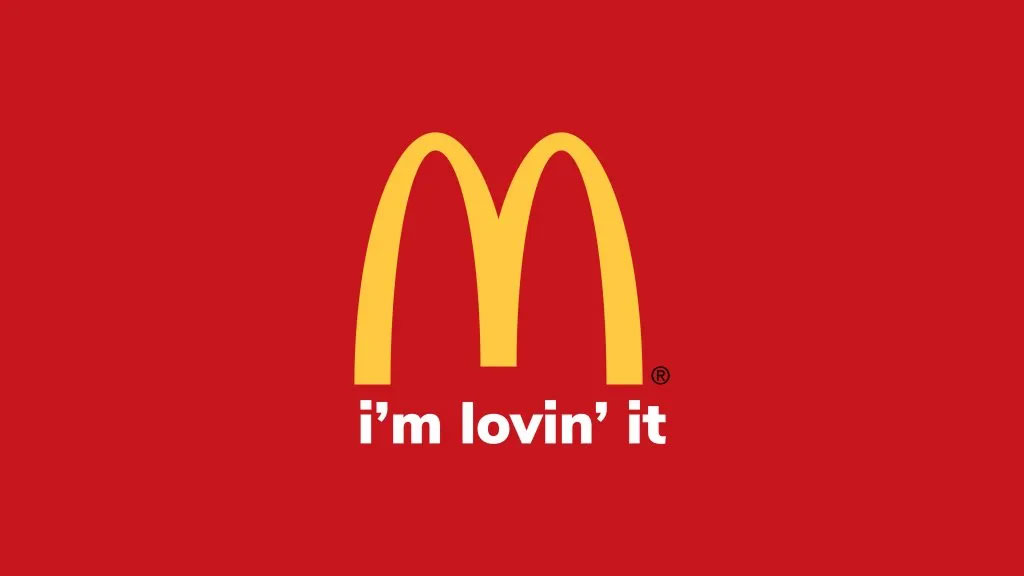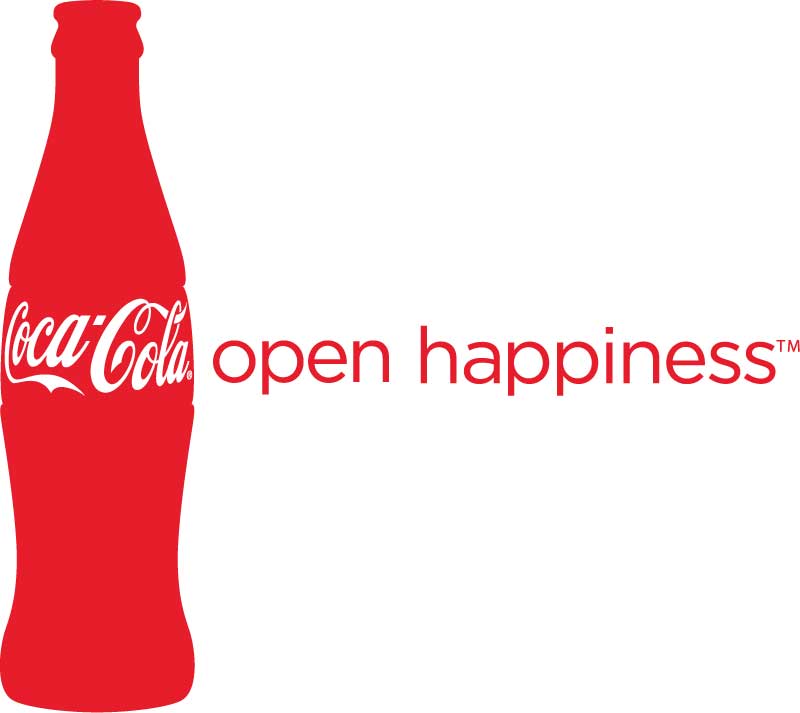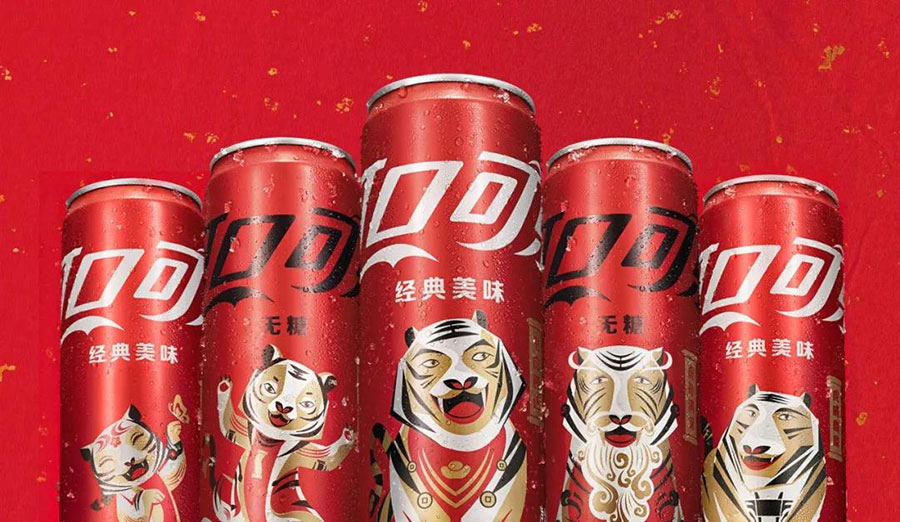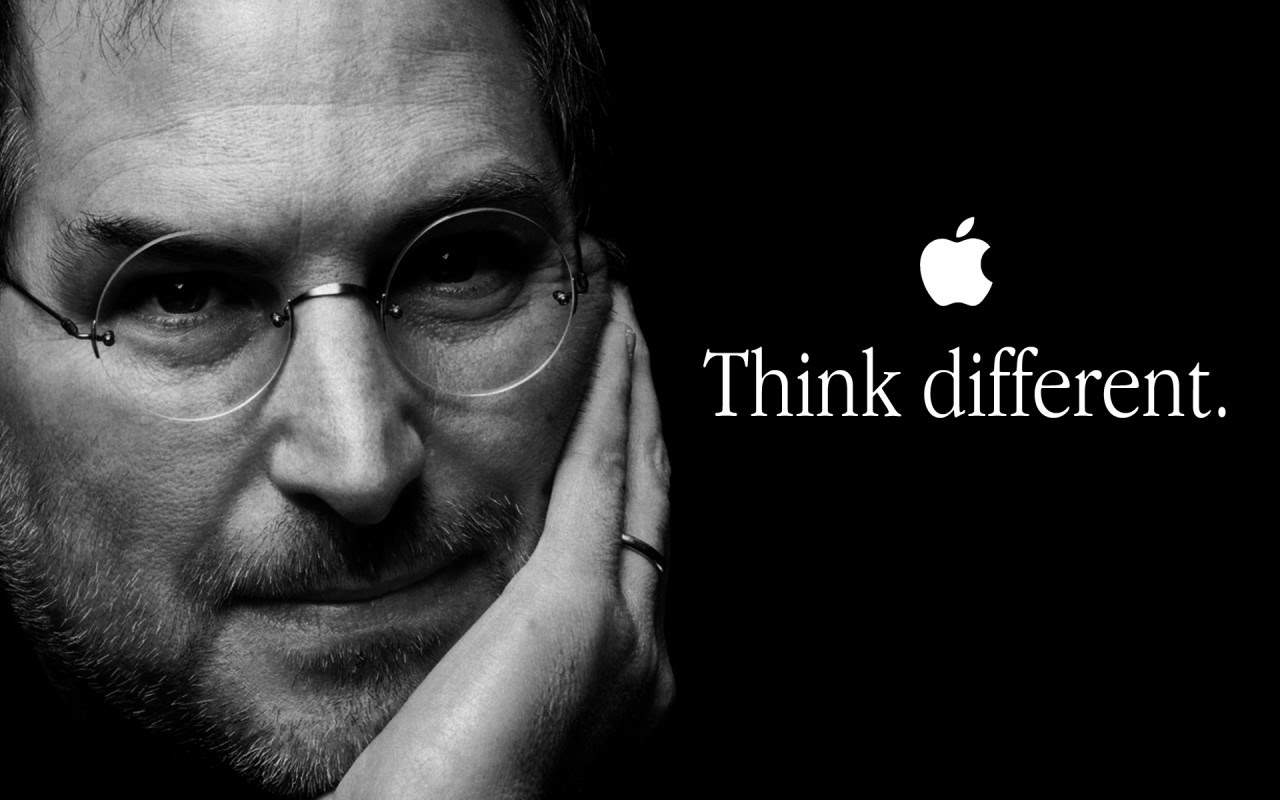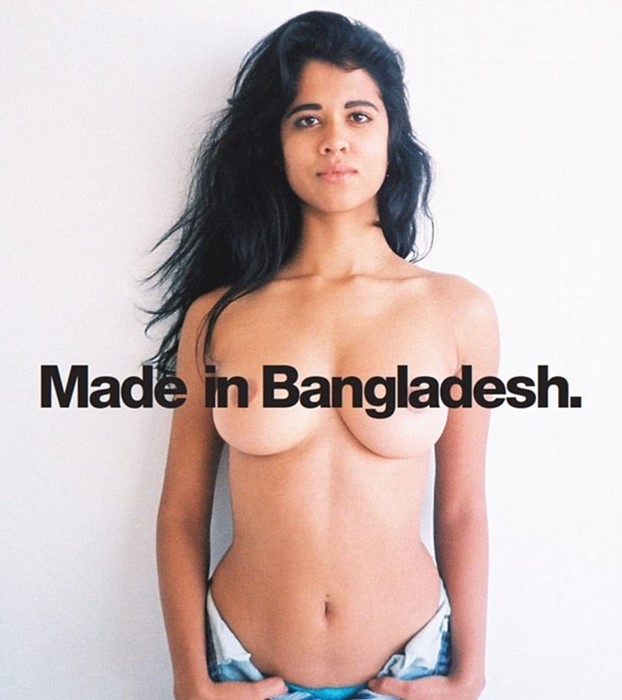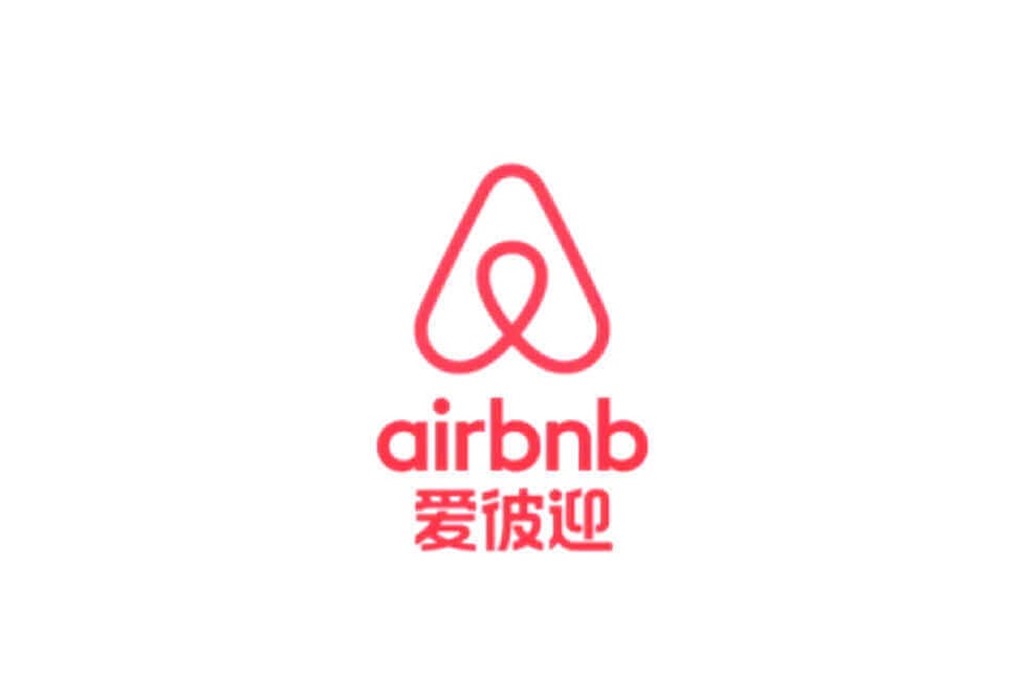Branding tactics – differences between East and West
Share this article

In a global world, one can easily assume that branding tactics can be a one size fits all. Nothing could be further from the truth. In this article, we look at the pitfalls of such assumptions, and the rewards of customised approach.
Branding is the process of creating a unique, consistent and distinguished image for a product or service in the consumer’s mind. It aims to establish a significant and differentiated presence in the market that attracts and retains loyal customers. A strong brand can help a business stand out from its competitors and build customer loyalty.
However, as obvious as it may seem, branding is hard to get right especially if the target audience is global. The differences between East and West branding tactics can be attributed to several factors, including cultural differences, consumer behavior, and business practices.
In the West, branding tends to focus on individualism and self-expression, while in the East, it often centers on harmony and group identity. Western branding also tends to be more explicit and overt, while Eastern branding is often more subtle and implicit. Additionally, Western brands often focus on their product’s functional and emotional benefits, while Eastern brands often emphasize the spiritual and moral values associated with them. These are generalizations, and there may be significant differences and overlaps between the two approaches depending on the specific brand and market. Ultimately, the differences between East and West branding tactics will depend on the brands and cultures being compared.
In a global world, Asian consumers may share much in common with their Western counterparts – they listen to the same bands, play the same games on the same iPad, and wear the same fashion brands. However, there are still deep cultural differences that brands ignore at their peril, local differences in tastes, outlooks, and perspectives. Thus, brands benefit from taking a different approach to Asian consumers in terms of research, product and brand positioning, and creative imagery.
We will look at some examples of brands that did it right, and some attempts that went very wrong.
In the past, McDonald’s, an American fast-food chain, established a strong brand presence by utilizing consistent advertising strategies, a well-known logo, and a reputation for offering quick, budget-friendly meals. These efforts were successful globally, and the company’s “Golden Arches” logo and “I’m Lovin’ It” slogan became recognizable worldwide. In its marketing campaigns, McDonald’s often emphasizes family and social connections themes, which resonate with a wide range of audiences worldwide.
Image source: https://www.upflip.com/blog/brand-building
Rather than being a fast-food restaurant, McDonald’s also positioned itself as a place for families to gather for meals, which appeals to a demographic that views strong family values as keystone. But not only that. Their menu also caters to local tastes and dietary habits, such as offering rice-based dishes and vegetarian options.
Image source: https://campaignbriefasia.com/2018/06/07/bbdo-china-wins-grand-prix-for/
In the ‘90s, Coca-Cola, an American soft drink company, launched its “Open Happiness” campaign, which showcased advertisements of individuals from different backgrounds enjoying the product. This campaign was successful globally. Coca-Cola has built a powerful brand image through its recognizable red and white colors, iconic logo, and promoting a message of happiness and enjoyment in its marketing efforts. The advertisement often features people smiling and having a good time while consuming the drink.
Image source: https://upload.wikimedia.org/wikipedia/commons/0/02/Open_Happiness.png
Coca-Cola’s introduction to the Chinese market was successful due to its effective branding tactics. The Chinese name “ke-kou-ke-le” can be roughly translated to “happiness in the mouth,” which is fitting with the brand’s message and parallels the international name of the product. Additionally, red is a historically significant color in Chinese culture, symbolizing luck, happiness, and positivity. This cultural connection to red made it easy for Chinese consumers to connect with the Coca-Cola brand, as red is frequently associated with family gatherings and celebrations. The consistency of the product’s visual aspect, such as its iconic red and white color scheme, helped Coca-Cola establish a strong presence in the Chinese market.
Image source: https://global.chinadaily.com.cn/a/202202/11/WS620634b8a310cdd39bc862af.html
In the 2010s, Apple, an American technology company, launched its “Think Different” campaign, which featured advertisements of historical and cultural figures. This campaign was successful globally. Apple established a strong brand image through its use of sleek and modern designs, user-friendly interfaces, and its reputation for being innovative and creative. This made it an attractive brand and helped it establish a strong presence in various markets across the world.
Image source: https://www.cultofmac.com/447012/today-in-apple-history-heres-to-the-crazy-ones/#google_vignette
The global ‘Whassup?’ campaign Budweiser failed in China due to its lack of localization. Rex Wong, the Asia Pacific Vice President of Marketing at Anheuser-Busch InBev, said that the Chinese consumers didn’t connect with the campaign as it featured characters that were not relatable to them, such as homeless and jobless people drinking beer in inappropriate locations. The campaign didn’t align with Chinese values and did not inspire or motivate Chinese consumers to drink Budweiser beer. Therefore, localization is crucial for the success of advertising campaigns in different regions and cultures.
China’s adaptation of the commercial used ants that depicted the national spirit of diligence and solidarity. “Ants work as a team towards a goal, and are always moving forward together,” Wong said. “The way we connected with beer drinkers in China was different, even though the core idea of sharing and male bonding is the same, just because beer is the most culturally driven product in any category.”
Image source: https://www.markgettner.com/4
When it comes to branding in Eastern cultures, the emphasis is on the collective rather than the individual, so companies need to be mindful of cultural and societal nuances when adapting their brand to local markets. Missteps can easily occur when trying to localize a global brand, as the process may involve significant changes to the original concept. Therefore, companies must be cautious and sensitive to the local context to avoid any cultural faux pas.
However, there are exceptions to the norm when it comes to successful branding/marketing campaigns. There have been many instances of branding tactics that have backfired because of cultural differences or misunderstandings. Some examples include:
In 2012, American Apparel, an American clothing company, received criticism in the United Kingdom for a billboard advertisement that depicted a topless model with the words “Made in Bangladesh” written across her chest. The ad was considered inappropriate and exploitative, and the company had to take it down as a result of public backlash.
Image source: https://www.dazeddigital.com/artsandculture/article/19188/1/maks-bengali-muslim-made-in-bangladesh-topless-american-apparel-ad
After luxury fashion brand D&G faced backlash in China for a series of controversial advertisements and offensive comments allegedly made by one of the company’s co-founders on social media, it seems that the brand is still not well received on Chinese social media platforms. This has been almost three years since the initial incident occurred. The problem started with a series of videos that were posted on social media by the luxury brand D&G, in which an Asian model had difficulty using chopsticks to eat Italian food. This was seen as an insensitive representation of Chinese culture and it caused public outrage among social media users in China. It became a trending topic on Weibo, which is China’s version of Twitter.
While many people criticized the alleged comments made by Gabbana, the reaction to the videos was more mixed. Some social media users, such as a person claiming to be a student named Coco Qiu from the University of California, viewed the videos as “extremely racist” and created them to generate public attention and anger to drive profits. They saw it as a disrespectful and pitiful move.
However, some people on Chinese social media responded to the controversy with a sense of humor. A parody video, in which a white man is shown trying to eat soup with a knife, was widely shared on Weibo.
Image source: https://www.teenvogue.com/story/dolce-gabbana-chinese-ad-racism
Establishing a successful brand in China is known to be a difficult task. However, this failure by Airbnb was not due to a lack of effort or comprehension of the challenges the company was facing. In 2017, the co-founder of Airbnb, Brian Chesky, announced on Twitter that the company had chosen a new Chinese name, “Aibiying,” which sounds similar to the original name but translates to “to welcome each other with love” in Mandarin. This was a clever localization strategy to connect with Chinese consumers.
Image source: https://adage.com/article/cmo-strategy/hard-localize-brand-china-airbnb-learned/308405
Or so they say.
It turns out that the translation of the name did not resonate well with the Chinese market. The individual characters “Ai” (爱, meaning love), “bi” (彼, meaning each other), and “ying” (迎, meaning welcome) seemed perfect, particularly given the nature of the service, as it advertised “welcoming each other with love.” However, the new name did not resonate well with Chinese-speaking internet users. Although the sentiment behind the name was positive, promoting an open-minded and welcoming attitude towards travelers, it failed to connect with the Chinese audience and left them unsure of how to react.
There was a backlash on social media, with critics saying the new name is hard to pronounce and doesn’t make sense.
Here are some reactions from the Chinese social website Weibo:
“With the logo, color, and a name like this, are you sure this is not a matchmaking website?”
“You have been mulling over this for a year? I suggest you mull for another year.”
This name sounds brothel-ish, and the pronunciation is not pleasant. May as well stick to the English one.”
Translating a name from one language to another, particularly Chinese is known to be challenging as it requires balancing the sound and meaning of the characters. In the case of Airbnb’s new Chinese name, “Aibiying,” the brand focused on the individual meanings of the characters but failed to consider the overall impact of the name’s meaning, sound, and visual presentation, such as the logo design. This oversight led to the failure of the name to connect with the target audience, despite the positive meanings of the individual characters.
Lesson learned: Giving a foreign brand a successful name in Chinese is never easy as the overall meaning of the name is closely knitted with how it is presented and perceived as a whole by Chinese speakers.
To conclude, understanding the target audiences and demographics are key in good branding tactics. While it is easy take shortcuts, whether due to time or budget constraints, both the client and the branding agency should be aware that due diligence produces success.
Enjoyed the read? Make sure to check out our articles with the best rebranding examples, rebranding process, and everything you need to know about a brand portal.
